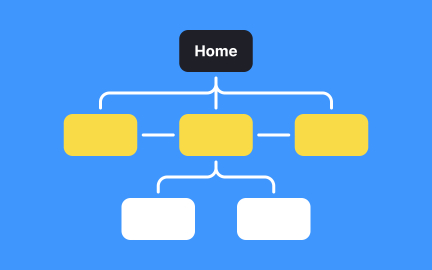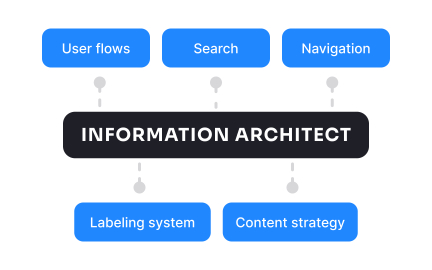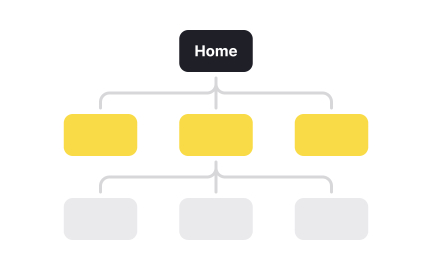Technical Architecture Knowledge
Technical architecture knowledge is the understanding of how systems, software, and infrastructure are maintained to ensure performance and reliability.

TL;DR
- Knowledge of system and software structures.
- Involves integration, performance, and security.
- Guides scalability and long-term stability.
- Critical for product and engineering decisions.
Definition
Technical architecture knowledge is the expertise required to design, evaluate, and understand the structure of systems and applications, including components, integrations, and infrastructure.
Detailed Overview
Technical architecture knowledge is essential for anyone building or maintaining complex digital systems. It provides a framework for understanding how software components interact, how data flows across platforms, and how infrastructure supports performance and growth. Without this foundation, systems risk inefficiency, fragility, and poor scalability.
A frequent question is why technical architecture matters beyond engineering roles. For product managers, understanding architecture helps in scoping projects realistically, identifying dependencies, and aligning expectations with development teams. For designers, awareness of architecture informs what is feasible within performance and integration limits. While not everyone needs deep technical expertise, shared knowledge bridges communication gaps across disciplines.
Another common query relates to scalability. Technical architecture determines whether a product can handle increased demand without breaking. Poorly designed architectures may work at small scale but collapse under higher loads. Scalable architecture ensures growth is sustainable, whether through modular components, cloud infrastructure, or microservices.
Teams also ask about decision-making. Technical architecture knowledge helps evaluate trade-offs between speed and stability, or short-term fixes and long-term maintainability. For example, choosing between a monolithic application and a microservices model involves weighing complexity against flexibility. Understanding these choices helps teams make informed, strategic decisions.
Security is another critical area tied to architecture. A system’s structure influences how data is protected, how vulnerabilities are minimized, and how compliance standards are met. Technical architecture knowledge ensures that security is embedded into systems rather than bolted on as an afterthought.
Finally, technical architecture is a living discipline. As technologies evolve, architectures must adapt. Cloud services, APIs, and distributed systems have reshaped how products are built. Teams with strong architectural knowledge can adopt new approaches without destabilizing existing systems, keeping products modern and resilient.
Non-engineers, especially product managers and designers, benefit by knowing the limits and possibilities of system structures. This reduces miscommunication, improves planning, and fosters realistic project goals.
Shared architectural knowledge helps align priorities across teams, improving collaboration.
Scalability depends on the architecture’s ability to handle growth. A well-structured system can support more users, features, or data without collapsing. Poor architecture creates bottlenecks that limit expansion.
Investing in scalable structures prepares products for long-term success.
Architectural choices often balance short-term delivery speed with long-term stability. A quick solution might ship faster but create technical debt, while a more robust approach takes longer but supports future flexibility.
Understanding trade-offs ensures decisions are strategic rather than reactive.
Architecture influences how data is stored, accessed, and protected. Strong architectural design incorporates authentication, encryption, and monitoring at the system level.
Without a secure architecture, even well-built features may expose vulnerabilities.
As tools and platforms advance, architectures adapt. Cloud computing, APIs, and microservices have reshaped modern systems. Teams with architectural knowledge can adopt innovations without destabilizing existing products.
This adaptability ensures systems remain efficient and competitive.
Recommended resources
Courses

HTML Foundations

Enhancing UX Workflow with AI

Mentorship Mastery
Lessons

What is UX Design?

Intro to HTML

Intro to HTML Elements
Exercises
Assessments

HTML

Webflow
Projects

Understanding Systems Thinking: Future‑Proofing Your Product Craft in the Age of AI










